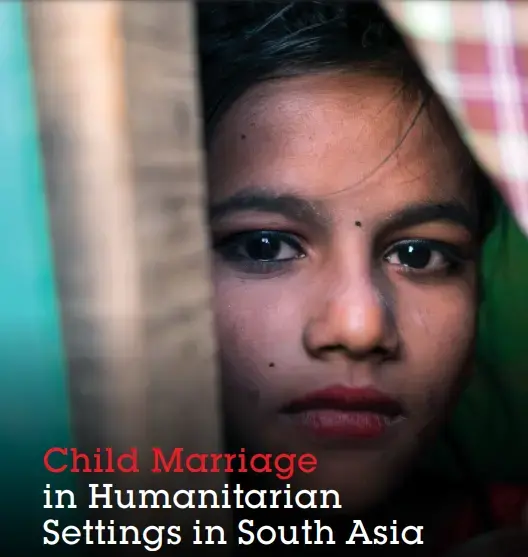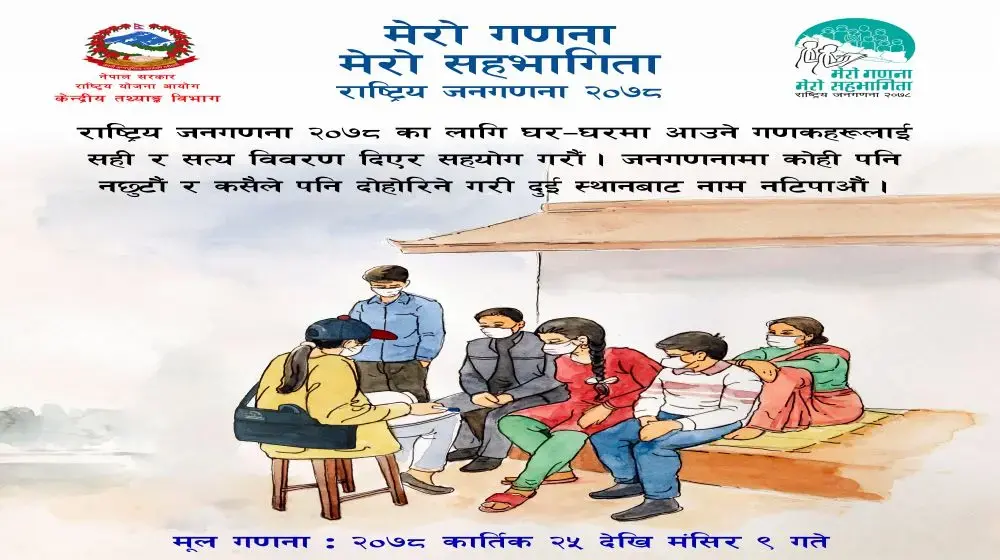While the rates of child marriage are decreasing in South Asia, the vulnerability and insecurity that arises during humanitarian crises threatens to undermine this progress. This report combines the findings from research with conflict-affected Rohingya refugees residing in Bangladesh, and 2015 earthquake affected communities in Nepal. The research analyses similarities and differences across the contexts, in order to learn about these two settings and also to understand what might be generalized to child marriage in humanitarian settings more broadly. It is hoped that the findings will inform programme interventions in these humanitarian settings and provide insight into child marriage in humanitarian contexts.
What we do
Child Marriage in Humanitarian Settings in South Asia

Publisher
Number of pages
208
Author
Johns Hopkins University, Women’s Refugee Commission, UNFPA and UNICEF
Publication
Child Marriage in Humanitarian Settings in South Asia
Publication date
08 October 2020
Latest
News
25 November 2021




